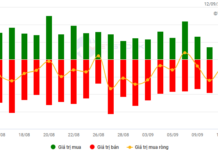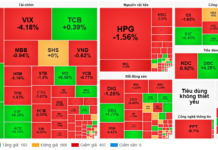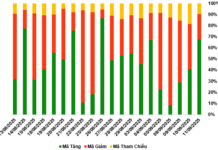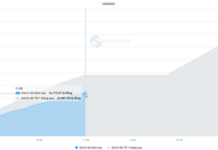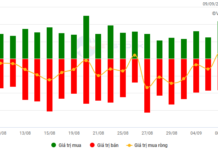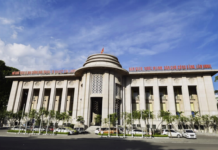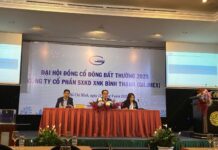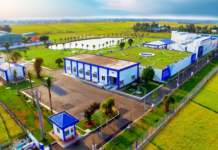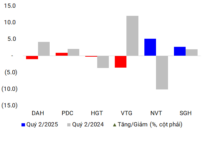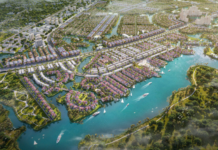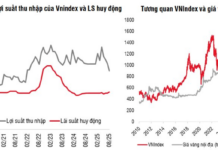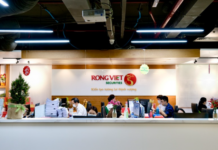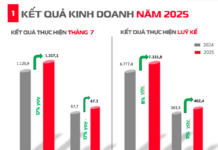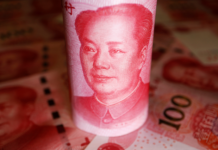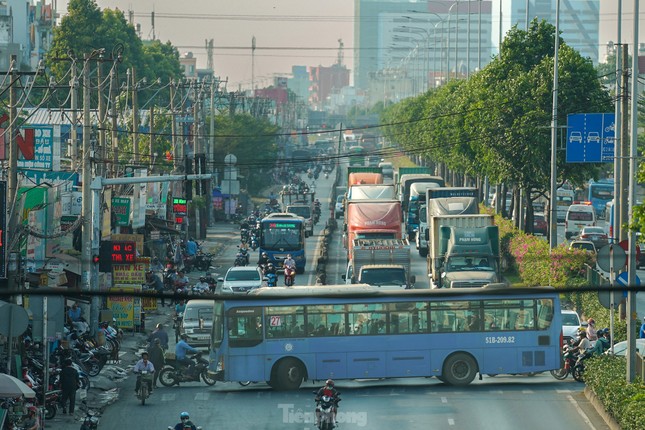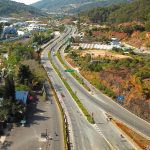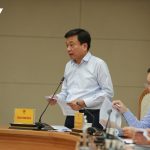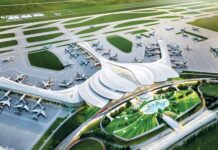The Prime Minister has just approved the investment policy for the construction project of the Ho Chi Minh City – Moc Bai expressway (phase 1).
The expressway will be approximately 51km long, starting from the intersection with Ho Chi Minh City’s Ring Road 3 (passing through Cu Chi district) and ending at National Highway 22 (around Km53+850) in Ben Cau district, Tay Ninh province.
In terms of scale, the project is invested in phase 1 with a design speed of 120 km/h and a cross-section of 4 lanes, built to expressway standards. At the same time, the project will also construct works along the route, an intelligent transportation system, a toll collection system, and more, ensuring synchronization and efficiency, in line with current standards and regulations. The preparation and implementation period is expected to be from 2024 to 2027.
With a total investment of over VND 19,600 billion, the project is expected to be carried out under the Public-Private Partnership (PPP) model, specifically the Build-Operate-Transfer (BOT) type of contract. The investor and the PPP enterprise are responsible for arranging for more than VND 9,940 billion, with the investor’s equity capital accounting for nearly VND 1,500 billion, or 15% of the total investment as prescribed. The state capital participating in the project is over VND 9,670 billion, including more than VND 2,870 billion from the central budget and over VND 6,800 billion from the local budget (Ho Chi Minh City’s budget).
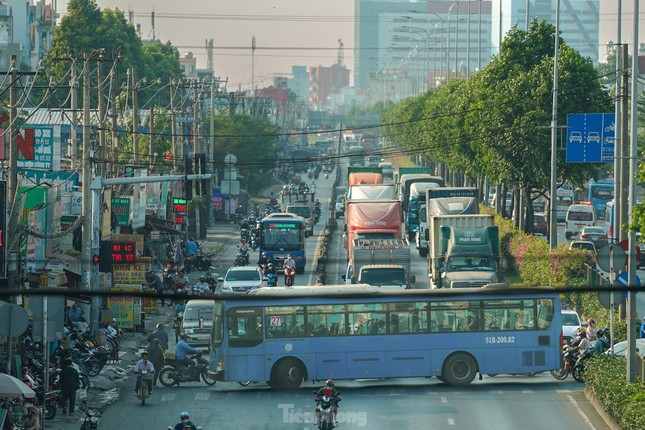
The Ho Chi Minh City – Moc Bai Expressway will reduce congestion on National Highway 22. Photo: Pham Nguyen
According to Mr. Luong Minh Phuc, Director of the Project Management Unit for Transport Construction Works in Ho Chi Minh City (referred to as the Transport Project Management Board), with the PPP model, the state capital participating in the project will be used for compensation and site clearance, while the investor (enterprise) will be responsible for the construction.
“The Ho Chi Minh City – Moc Bai Expressway project will also be applied with a special mechanism similar to the Ring Road 3 Ho Chi Minh City project. Specifically, the site clearance will be separated into an independent project. This allows the localities where the project passes through to carry out certain contents in advance, such as approving the project boundary after the step of approving the investment policy up to the step of approving the feasible project. Then, a detailed plan will be made, and the site clearance time will be shortened to 6-8 months,” said Mr. Phuc.
According to the Ho Chi Minh City Transport Project Management Board, the preliminary calculation shows that the land requirement and site clearance plan for the entire project is approximately 409.3 hectares. Most of the land to be cleared is agricultural land, similar to the Ring Road 3 Ho Chi Minh City project.
“This is a favorable condition to apply the experience gained from the Ring Road 3 Ho Chi Minh City project. We will focus on agricultural land first and then move on to residential land,” said the leader of the Ho Chi Minh City Transport Project Management Board.
Regarding the expected progress, the Ho Chi Minh City Transport Project Management Board shared that the goal is to start the technical infrastructure of the project on April 30, 2025. The compensation and site clearance for the public investment component projects will be implemented synchronously with the BOT project. These component projects are expected to be launched in April and June 2025, respectively. Subsequently, the entire project is expected to be completed and opened to traffic by the end of 2027.
Proposal of a ‘package’ solution to resolve difficulties for BOT traffic projects implemented prior to the PPP Law
During a meeting about the resolution of difficulties and bottlenecks in several BOT transport projects, which was chaired by Deputy Prime Minister Tran Hong Ha on the morning of April 24, several ministries and agencies suggested this.
BOT Project Legal Framework Before PPP Law Was Limited
This morning (April 24), while chairing a meeting on solutions to address difficulties and obstacles in several BOT transportation projects, Deputy Prime Minister Tran Hong Ha stressed the urgent need to thoroughly resolve the challenges and complications that have been hindering these critical infrastructure projects.

